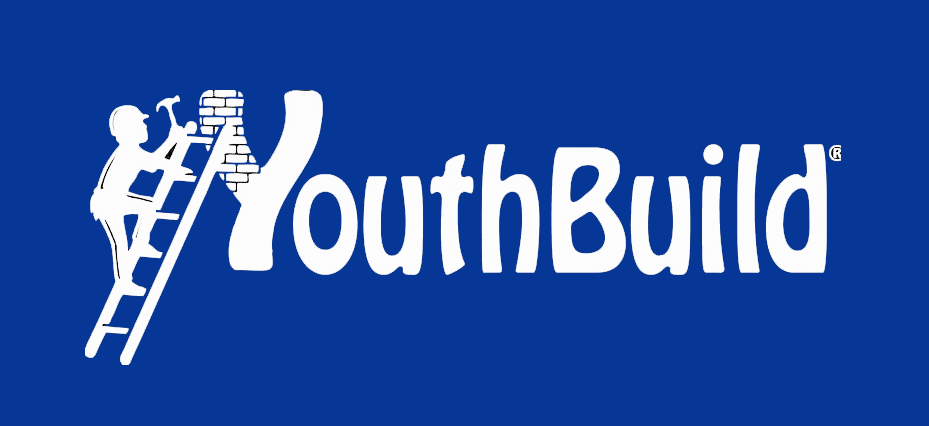Youth Employment and the Green Economy
The Growing Green Economy
A green economy is one in which forces of economic growth are aligned with economic sustainability and responsibility. Green jobs, which are aligned with the ultimate end of a green economy, are poised at current growth rates to grow by 10 million jobs in the United States over the coming years. To ensure that young people can take advantage of this generational opportunity, the National Youth Employment Coalition is partnering with several national agencies to craft policies, principles and values of how this burgeoning economy will shape landscapes, localities and the lives of young people around the country.

The green economy today is worth an estimated $4 trillion and is rapidly expanding. Building our economy on the principles of sustainability, justice and climate resiliency must have forward thinking designs that unlock the potential of youth and their communities.
Many opportunity youth live in communities that will be heavily affected by climate change, but among the least likely to cope with it. Strong civic involvement means centering youth voice among decision-making, crafting solutions alongside communities and working together to ensure that environmental and economic justice occur for and by our communities.
From telecommunications, construction, and utilities, youth infrastructure jobs must go beyond “just hard hats.” An equitable green workforce creates opportunity for youth from engineering to construction to education and business. Centering youth ensures we are cultivating a new generation of community builders, workers, and leaders.
Our 21st century energy grid must be responsive, resilient and efficient for the changing demands of our communities. Governments, energy companies, and community-based organizations must work together to create a future in which new and flexible career pathways for youth are central to our goal of a carbon-reduced and clean future.
Transportation remains one of the most vital opportunities for upward mobility. Connecting our rural, suburban and urban communities to each other unlocks social capital, business opportunities and prosperity, ultimately breaking down silos and resource mismanagement.
Our Values and Principles
-
Targeting Resources to Where They Are Needed
- Opportunity youth, low-income youth and young adults of color must be a priority.
- Ensure that youth and young adults that have been impacted by the criminal justice system are not obstructed from receiving training and employment.
- Invest in high-need communities. Build on research and lessons learned from comprehensive, community-wide approaches, such as Youth Opportunity Grants, to create a funding stream for high-need urban and rural communities to implement innovative community based and effective national strategies that connect young people
-
Ensuring Race and Gender Equity
- Policy investments must include an explicit focus on race and gender.
- Policies focusing on sustainable land development, such as upgrading and redesigning housing stock, should center on growing and retaining wealth in historically land-oppressed communities (e.g. Black and Native American, rural, etc. groups)
-
Partnering with Young People
- Recognize youth as assets and center their voices. Investing in young people begins by embracing their innate assets, supporting their empowerment, and listening to their experiences so we understand what they need.
-
Providing Access to Careers, Not Just Hard Hats
- Build large-scale employment and postsecondary pathways to good jobs and careers in the green economy that reach young people with systemic and structural barriers to employment and living in high-poverty communities.
Resources
- U.S House Hearing: "Climate Change, Part I: The History of a Consensus and the Causes of Inaction"
- U.S House Hearing: "Climate Change, Part II: The Public Health Effects"
- U.S House Hearing: "Recovery, Resiliency and Readiness—Contending with Natural Disasters in the Wake of Climate Change (Climate Change, Part III)"
- U.S House Hearing: "Climate Change, Part IV: Current Economic Effects of Climate Change and the Costs of Inaction"
- U.S House Hearing: Generation Climate: Young Leaders Urge Climate Action Now
- National Congress of American Indians: Climate Action Task Force
- U.S House Bill: Modernization of Public Housing Bill [November 2019]
- NY State passes the Climate and Community Protection Act (CCPA) [July 22, 2019]
- NY State Toward a Clean Energy Future Strategic Outlook 2019-2022
- Guide to Adult Allyship in Youth-led Movements
- Youth Climate Strike Toolkit [Nov/Dec 2019]
- Future Coalition- The Youth Vote and Youth Climate Movement
- Zero Hour- Youth-led Movement
- Green New Deal Outline by New Consensus [February 2019]
- Green Economy Jobs and Career Trends by Leaders in Energy [May 2018]
- A Green New Deal Report by Data for Progress [September 2018]
- CNBC: U.S Green Economy generates $1.3T and Employs Millions [October 2019]
- Austin Coalition Wins 'Equitable Green Jobs' Grant [October 2019]
- Clean Jobs America [March 2016]
- National Solar Jobs Census [2014]
- Green Economy Jobs of the Future
- Washington DC Infrastructure Academy
- Exploring the Green Infrastructure Workforce [2017 Report]




